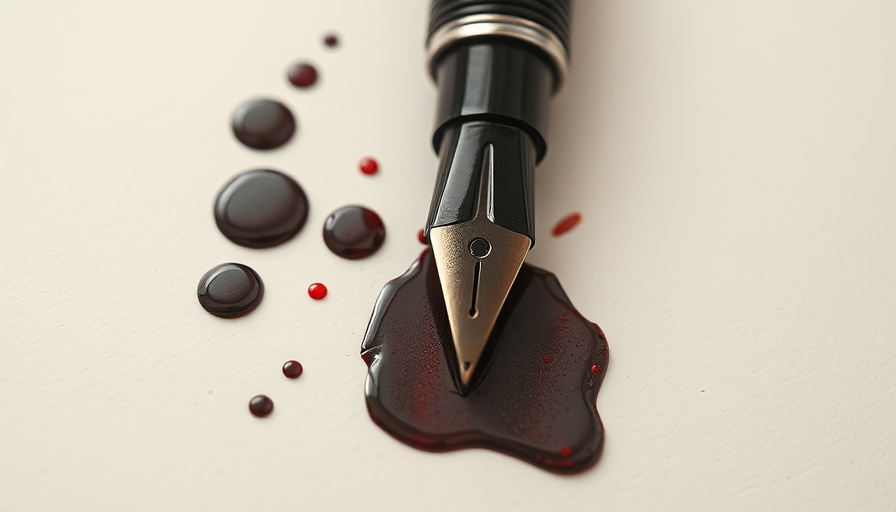
Understanding Ink Stains and Their Challenges
In an era where digital notes are ubiquitous, the tactile joy of pen and paper remains alive, albeit often meeting the misfortune of ink stains on beloved clothing. Ink stains can indeed be daunting, particularly when they mar cherished items. However, understanding how ink interacts with fabric can significantly improve your chances of successful stain removal.
The Science Behind Ink Removal
Understanding that ink consists of pigments suspended in a liquid can demystify the removal process. The type of ink – be it from ballpoint pens, permanent markers, or fountain pens – will determine the appropriate cleaning method. Oil-based inks, like those found in ballpoint pens, are particularly challenging due to their thick consistency, while water-based inks, such as those in felt-tip pens, tend to be slightly easier to treat.
Three Proven Methods for Ink Removal
To effectively combat ink stains on your clothes, we’ll break down three reliable methods that have stood the test of time. Before embarking on any of these techniques, always remember to perform a spot test in a hidden area of the fabric to avoid damage.
Method 1: Rubbing Alcohol
Rubbing alcohol is a classic method that is particularly effective on oil-based inks. Follow these steps for the best results:
Place a paper towel beneath the stain to absorb excess ink.
Dab a small amount of rubbing alcohol onto the stain using an eyedropper.
Blot the stain gently with a clean paper towel until no further ink is lifting.
Rinse the fabric under cool water and apply a pre-wash stain remover before laundering.
Make sure to wash the garment in the hottest safe temperature to ensure all traces of the alcohol and stain are washed away.
Method 2: Ammonia
Ammonia effectively breaks down ink dye, making it simpler to wash away. Here is how to use it:
Rinse the stained area under cold water to remove as much ink as possible.
Prepare a soak of hot water with a splash of ammonia and bleach-free detergent.
Immerse the affected garment and gently rub the stain.
Allow the fabric to soak for at least 30 minutes before rinsing and laundering.
This method is particularly useful for stubborn stains, especially those from ballpoint pens or felt-tips.
Method 3: Nail Polish Remover
If you find yourself in a bind, an acetone-based nail polish remover can provide a quick solution for fresh ink stains. Here’s how:
Moisten a cotton ball with the nail polish remover.
Gently dab at the stain, being careful not to spread it further.
After the ink begins to lift, rinse the garment with cool water to remove any residue.
Wash as per usual.
However, use caution with this method, as acetone can affect certain fabrics.
What If the Stain Has Set?
If you realize your garment is ink-stained after washing and drying, don’t lose hope just yet. Stronger commercial stain removers may still salvage your clothing. When using any stain remover, always adhere to the product instructions and test it on a hidden area first.
Deciphering DIY Ink Removal Methods
While you may have heard tales of using household staples like vinegar or toothpaste for ink removal, evidence suggests they are not as effective compared to the tried and true methods mentioned earlier.
Final Thoughts on Ink Stain Removal
Ink stains may be a common conundrum, but knowing how to address them can save your favorite garments from irreparable harm. Rely on proven methods, be patient and gentle with the application, and remember—if all else fails, professional cleaning services provide specialized knowledge in handling persistent stains.
#inkstainremoval, #removeinkfromclothes, #inkremovalmethods, #stainremovalguide, #laundrycare
 Add Row
Add Row  Add
Add 




Write A Comment